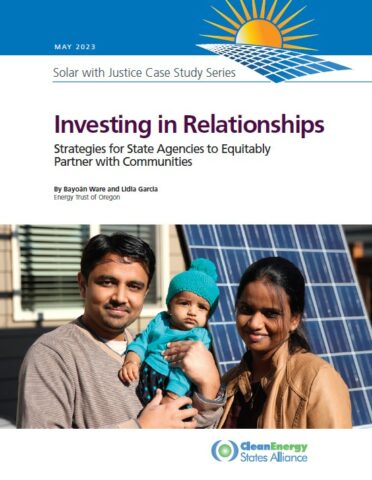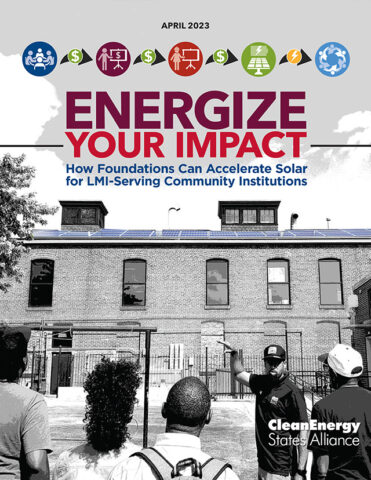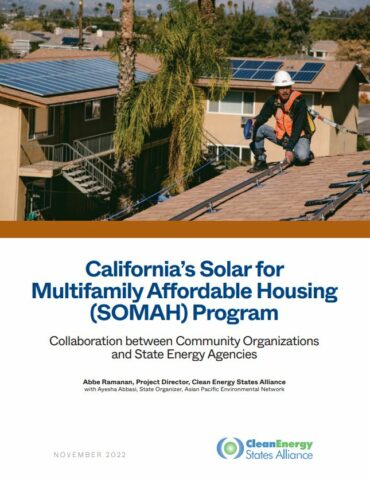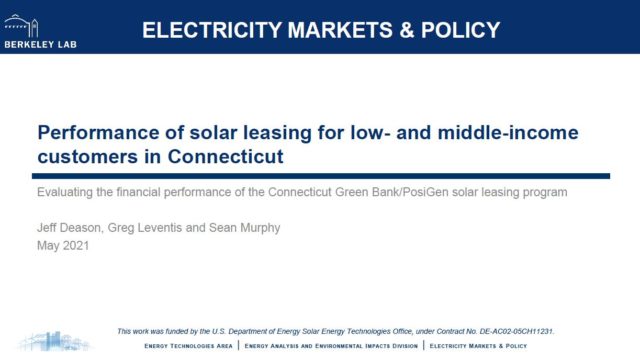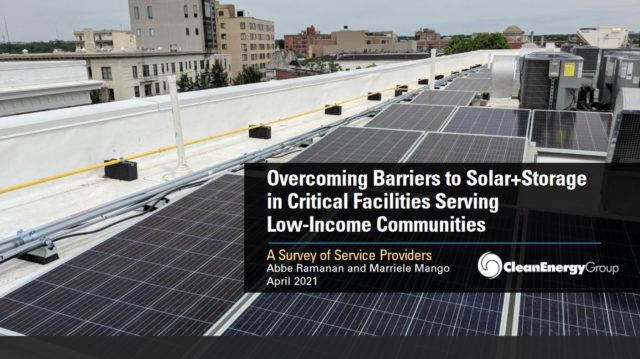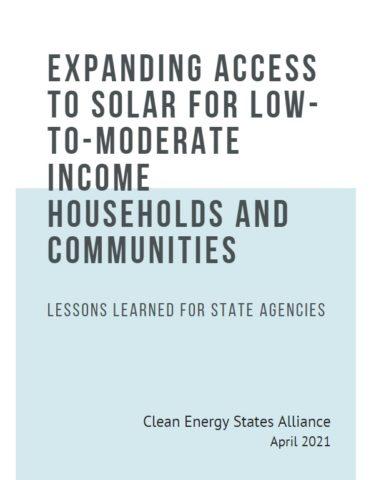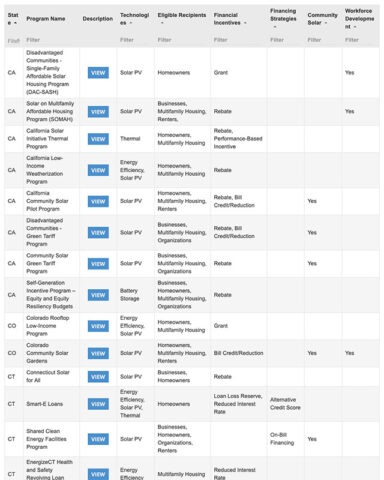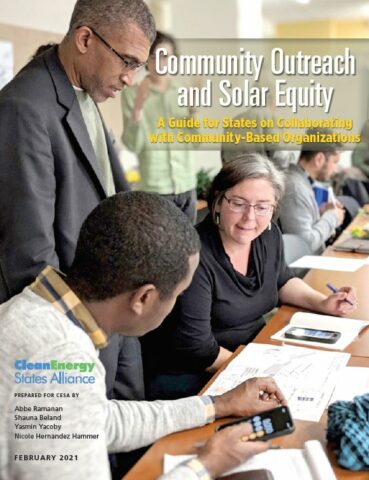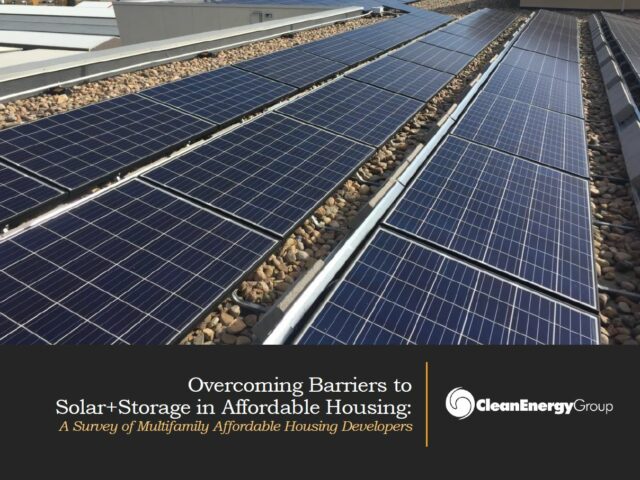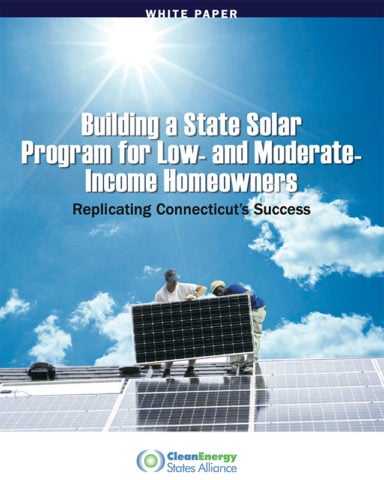Resource Archive - Scaling-Up Solar for Under-Resourced Communities
SEARCH RESOURCES
You can also search by author name.
RESOURCE TYPES
RESOURCE TOPICS
RESOURCE PROJECTS
RESOURCE YEARS
This case study analyzes six programs conducted by the Energy Trust of Oregon that have shown success in building meaningful and impactful relationships with community representatives. These programs can serve as a model for other state agencies seeking to develop relationships with community partners in order to better meet their shared goals.
This report explores how philanthropic foundations have supported the deployment of solar and solar plus battery storage in low- and moderate-income communities in the United States.
California’s Solar for Multifamily Affordable Housing program is an excellent example of how state energy agencies and community-based organizations can work together to create more impactful and sustainable solar programs that provide the maximum benefit to environmental justice communities.
In 2015, Connecticut Green Bank, in partnership with the solar and energy efficiency company PosiGen, launched a solar leasing program that targets low- and moderate-income homeowners. This study shows that the program has successfully reached underserved customers and has reasonable repayment rates given the credit characteristics of the participants.
As part of CESA’s Scaling Up Solar for Under-Resourced Communities project, Clean Energy Group conducted a survey of municipalities, community organizations, affordable housing developers, and technical service providers who have been involved in developing solar+storage projects.
This document summarizes lessons learned from the State Energy Strategies project, a three-year collaboration between CESA and six states to implement innovative strategies to expand solar adoption in low-income communities.
This directory lists and describes state clean energy programs for low- and moderate-income residents and communities.
This guide is a collection of best practices, ideas, and principles that provide states a foundation for building equitable relationships with community-based organizations and for working with them on solar development.
As part of CESA’s Scaling Up Solar for Under-Resourced Communities project, Clean Energy Group conducted a survey of affordable housing owners and developers, technical services providers, and other stakeholders to assess existing market barriers. A new report summarizes the results of this survey and suggests actions to bring the benefits of solar+storage to the people who need it most.
This paper aims to inform states across the country about Connecticut’s solar program to help low- and moderate-income homeowners benefit from solar photovoltaics.

